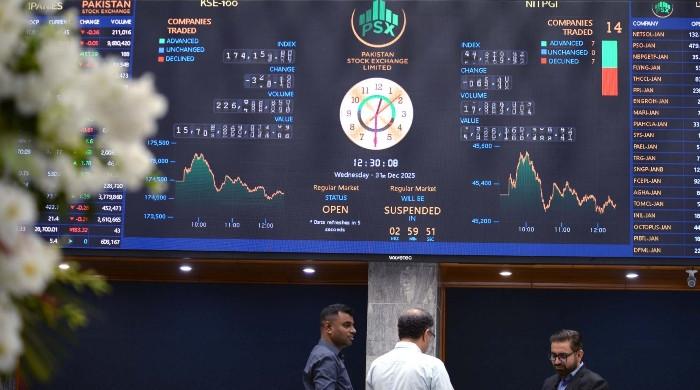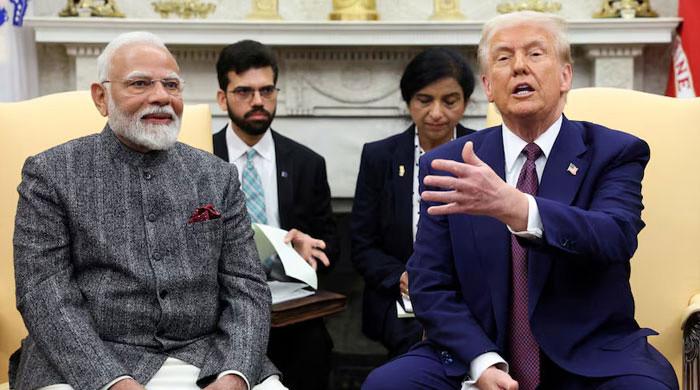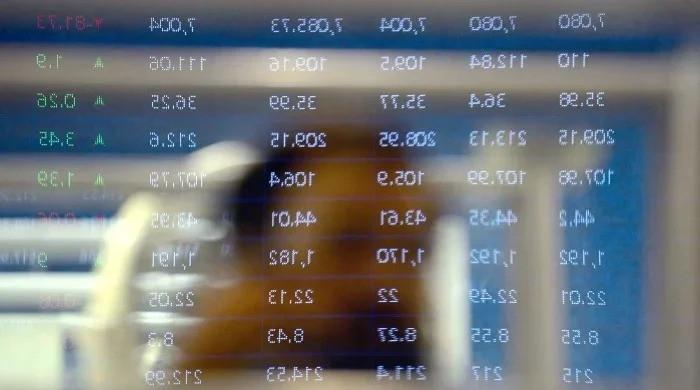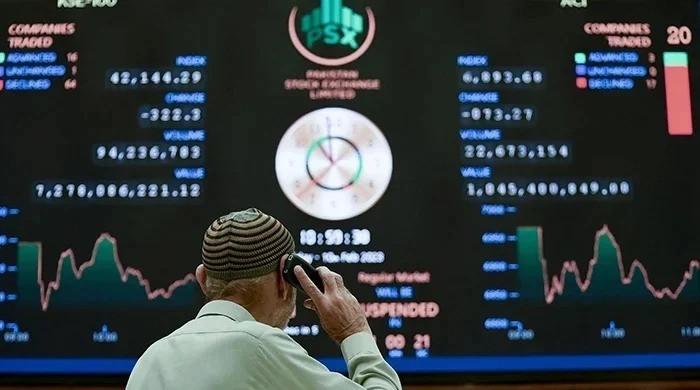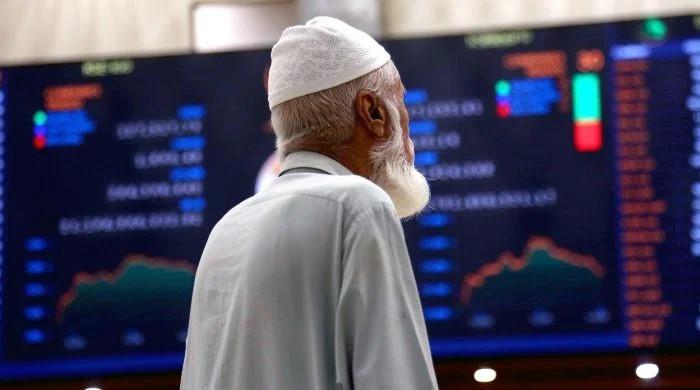Rupee continues to take battering, depreciates by 0.48%
Rupee depreciates by Rs0.9 against the US dollar to close at Rs187.53 in the inter-bank market
May 09, 2022
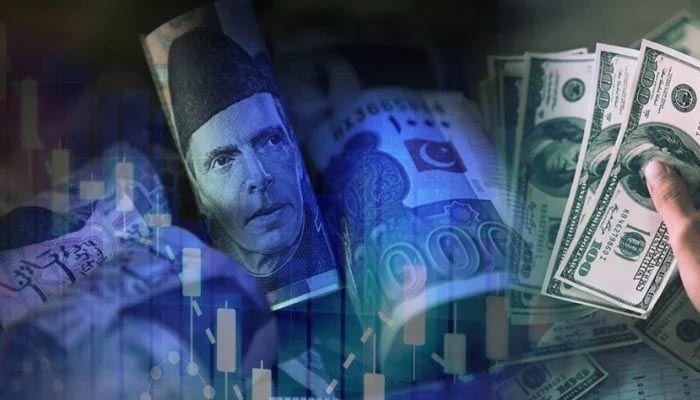
- Rupee closes at Rs187.53 against the US dollar.
- Decline comes amid rapid depletion in foreign exchange reserves.
- Since July 1, the rupee has lost Rs29.99.
KARACHI: The Pakistani rupee has maintained its downward streak for the last few sessions now, as it once again crossed Rs187 against the US dollar on Monday, amid rapid depletion in foreign exchange reserves and uncertainty over the revival of the International Monetary Fund (IMF) programme.
The rupee depreciated by 0.48% (or Rs0.9) to Rs187.53 in the inter-bank market, the State Bank of Pakistan (SBP) reported.
Since the beginning of this fiscal year (July 1, 2021) to date, the rupee has collectively dropped by a massive 19.03% (or Rs29.99) compared to the previous fiscal year’s close at Rs157.54.
The country’s forex reserves fell 0.7% to $16.5 billion in the week ending April 30 on increased external debt payments. The reserves held by the State Bank of Pakistan declined by $59 million to $10.5 billion. This has mounted pressure on the local currency.
The rupee has maintained a downward trend for the last 13 months. It has lost 23.1% (or Rs35.26) to date, compared to the record high of Rs152.27 recorded in May 2021.
Currency dealers believe that the inflows from remittances and export proceeds are not sufficient to meet the market demand.
Some traders said the rupee lost ground despite higher dollar inflows in the form of remittances received from Pakistani citizens employed abroad during the holy month of Ramazan and Eid festival. A sharp depletion in the foreign currency reserves during the last few months and higher import payments put pressure on the domestic currency.
Moreover, with a surging current account deficit and foreign reserves falling to as low as Rs10.5 billion (adequate to pay less than two months of imports), the country is in a dire need of external finances. There has not been any development on the $2.4 debt rollover from China.
The government has requested Saudi Arabia not to withdraw $3 billion in deposits from the SBP, but to extend the maturity on this debt.
The IMF has agreed to resume a $6 billion loan programme, but the formal approval may take another four to six weeks and will pass the crucial new budget period.
The research noted that with these developments in the background, the new government would need to carefully trend the economic landscape.




